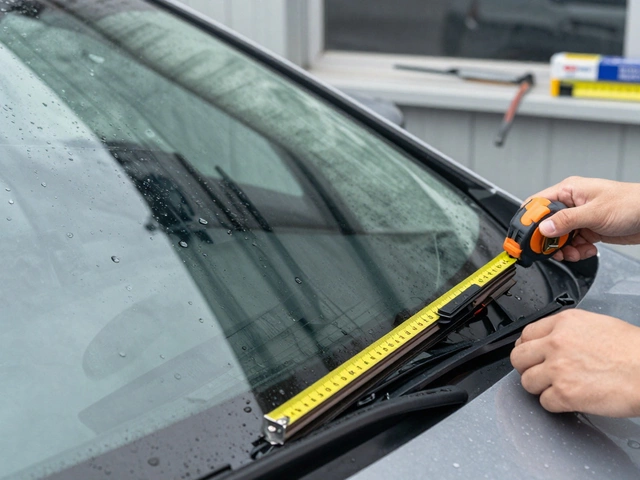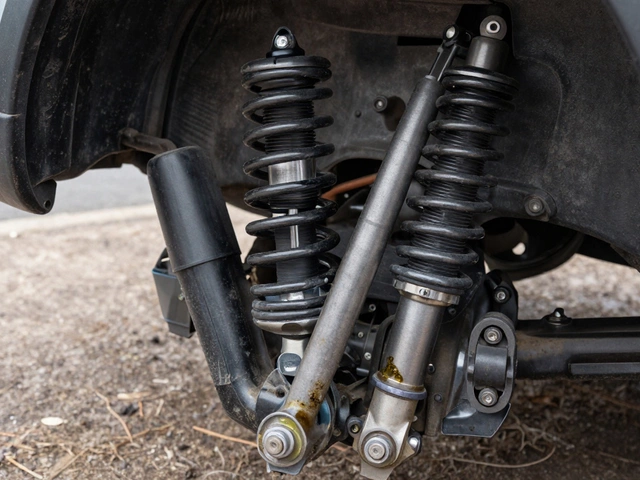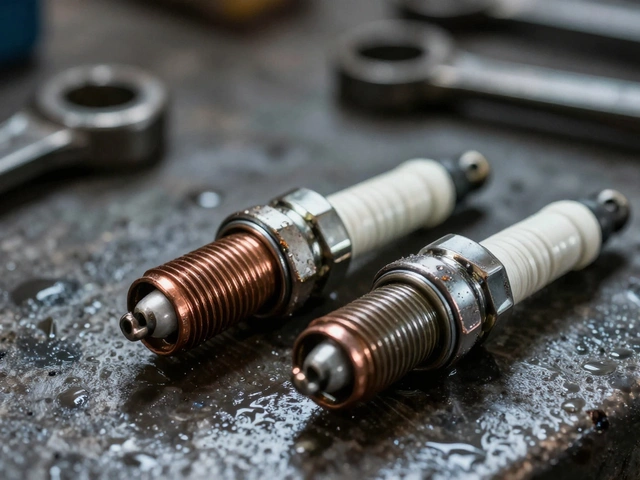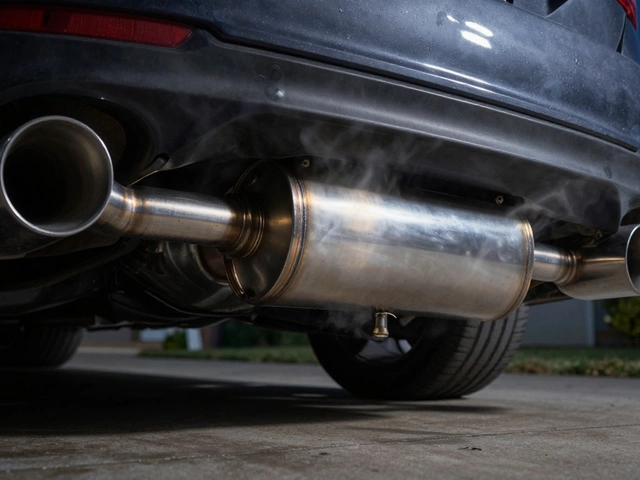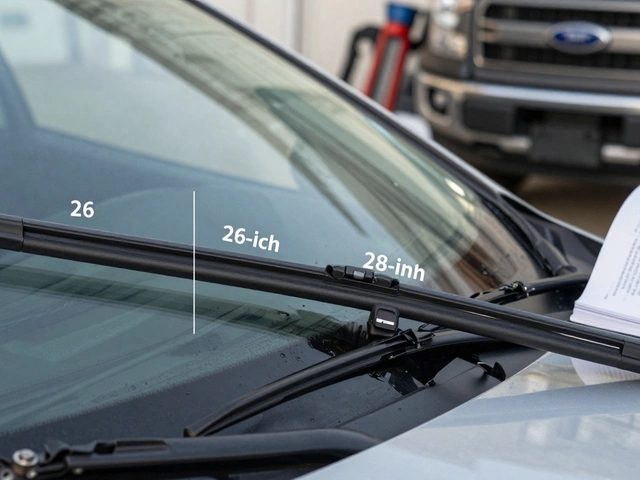10W-30 Engine Oil: What It Is, When to Use It, and What It Does for Your Car
When you see 10W-30, a common engine oil viscosity grade used in petrol and diesel engines. Also known as 10W30, it tells you how thick the oil flows at different temperatures—critical for keeping your engine protected from wear and heat. The "10W" means it flows like a 10-weight oil when cold, so your engine starts smoothly in winter. The "30" means it thickens to a 30-weight oil when hot, which keeps it from thinning out too much under high engine temperatures. This balance is why 10W-30 is one of the most popular choices for everyday cars in the UK.
It’s not just about the numbers. Oil viscosity directly affects how well your engine is lubricated, how quickly oil reaches critical parts on startup, and how much fuel you burn. Using oil that’s too thick can strain your engine on cold mornings. Too thin, and you risk metal-on-metal contact under load. Many manufacturers recommend 10W-30 for older cars, high-mileage vehicles, and those driven in mixed city and highway conditions. It’s also a common choice for engines that have seen years of use and need a bit more protection than modern synthetic oils provide.
Related to this is engine oil level, the amount of oil in your engine that must stay within safe limits. Even the right oil won’t help if you’re running low. That’s why checking your dipstick regularly matters—something we cover in detail in posts about oil maintenance. Then there’s oil change interval, how often you should replace the oil based on mileage and driving habits. Skipping changes turns good oil into sludge, no matter the viscosity. And don’t forget oil viscosity, the core property that determines how oil behaves under heat and pressure. It’s the reason 5W-30, 10W-40, and 10W-30 aren’t interchangeable, even if they look similar on the bottle.
Most of the posts here tie back to these real-world concerns: when your engine starts making noise, when your oil looks dirty, or when you’re unsure if you’ve picked the right grade. You’ll find guides on how to read your dipstick, what happens when you overfill, and why skipping oil changes quietly kills engines. We’ve got answers for people who’ve been told to use 10W-30 but don’t know why, or for those who swapped oils and noticed a change in performance. This isn’t theory—it’s what actually happens under your hood.

